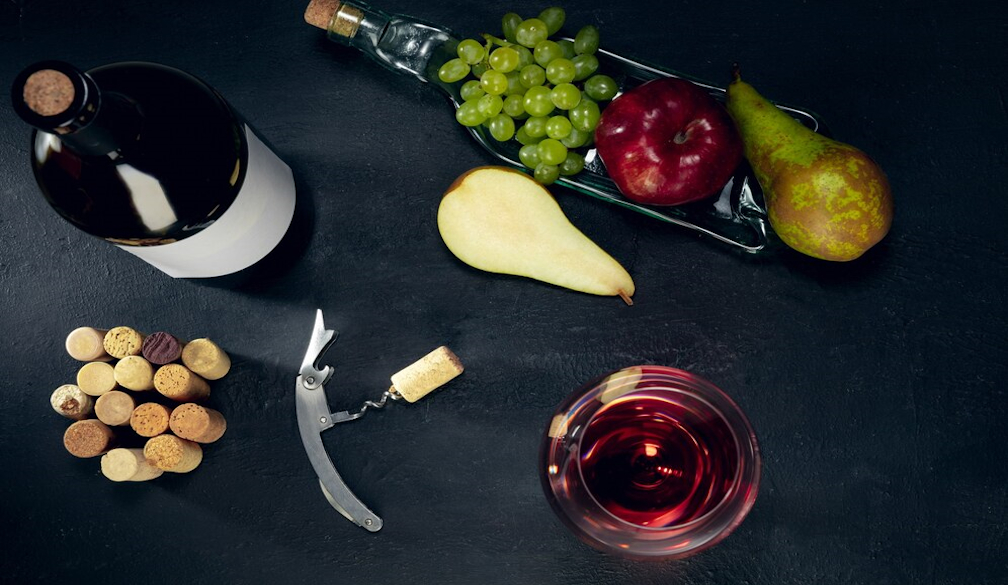The Essential Wine Terminology Glossary for Newbies

Diving into the world of wine can feel overwhelming, especially when faced with an array of unfamiliar terms. Fear not! With this glossary of essential wine terminology, you’ll be confidently discussing vintages, varietals, and tannins in no time. Whether you’re sipping a bold Shiraz or exploring the nuanced flavours of a cab merlot, understanding the language of wine is key to enhancing your experience.
Basic Wine Terms to Know
- Varietal: A varietal refers to the type of grape used to produce the wine – popular varietals include Chardonnay, Sauvignon Blanc, Pinot Noir, and Cabernet Sauvignon. For example, a cab merlot is a blend of Cabernet Sauvignon and Merlot grapes, combining the boldness of Cabernet with the smoothness of Merlot.
- Vintage: The vintage is the year in which the grapes were harvested. A wine’s vintage often reflects the growing conditions of that year, which can significantly impact the wine’s flavour profile.
- Tannins: Tannins are natural compounds found in grape skins, seeds, and stems. They contribute to the wine’s structure and mouthfeel, often creating a dry or astringent sensation. Red wines like Cabernet Sauvignon typically have higher tannin levels.
- Acidity: Acidity refers to the crisp, tart qualities in wine, balancing sweetness and enhancing its refreshing nature. Wines with high acidity, such as Riesling or Sauvignon Blanc, are often described as “zippy” or “lively.”
- Body: The body of a wine describes its weight and texture in your mouth. Light-bodied wines, like Pinot Grigio, feel delicate, while full-bodied wines, like Shiraz, have a richer, heavier mouthfeel.
Wine Tasting Terms
- Aroma vs. Bouquet
- Aroma refers to the scents originating from the grape itself.
- Bouquet describes the complex scents that develop as wine ages.
- Finish: The finish is the aftertaste left in your mouth after swallowing wine – a long, pleasant finish is a hallmark of high-quality wines.
- Balance: A well-balanced wine has harmonious levels of acidity, sweetness, tannins, and alcohol. No single element overwhelms the others.
Common Wine Styles
- Dry: A dry wine contains little to no residual sugar, making it less sweet. Most table wines, including many reds and whites, fall into this category.
- Sweet: Sweet wines have a higher level of residual sugar, resulting in a more sugary taste. Examples include Moscato and some Rieslings.
- Sparkling: Sparkling wines, like Champagne and Prosecco, are characterised by bubbles created during fermentation.
- Fortified: Fortified wines, such as Port or Sherry, have a higher alcohol content due to the addition of distilled spirits.
Wine Etiquette for Beginners
Understanding wine terms is one thing; using them in the right context is another. Here are a few tips to ease into the world of wine:
- Ask Questions: Sommeliers and wine enthusiasts love sharing their knowledge.
- Swirl and Sniff: Swirling releases the wine’s aromas, giving you a better sense of its bouquet.
- Take Notes: Jotting down your thoughts on a wine’s flavour, aroma, and body can help you discover your preferences over time.
Explore and Experiment
Wine appreciation is a journey, not a destination – by familiarising yourself with these key terms and trying different varietals, you’ll deepen your understanding and enjoyment. Whether you’re exploring the robust flavours of a Shiraz or the balanced elegance of a cab merlot, there’s always more to learn and savour in the wonderful world of wine. Cheers to your wine journey!


